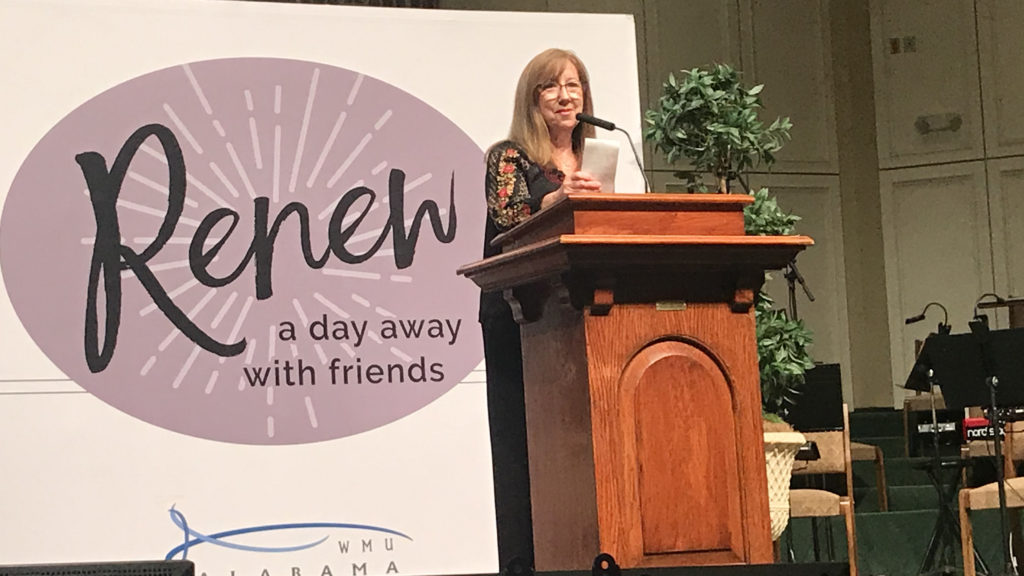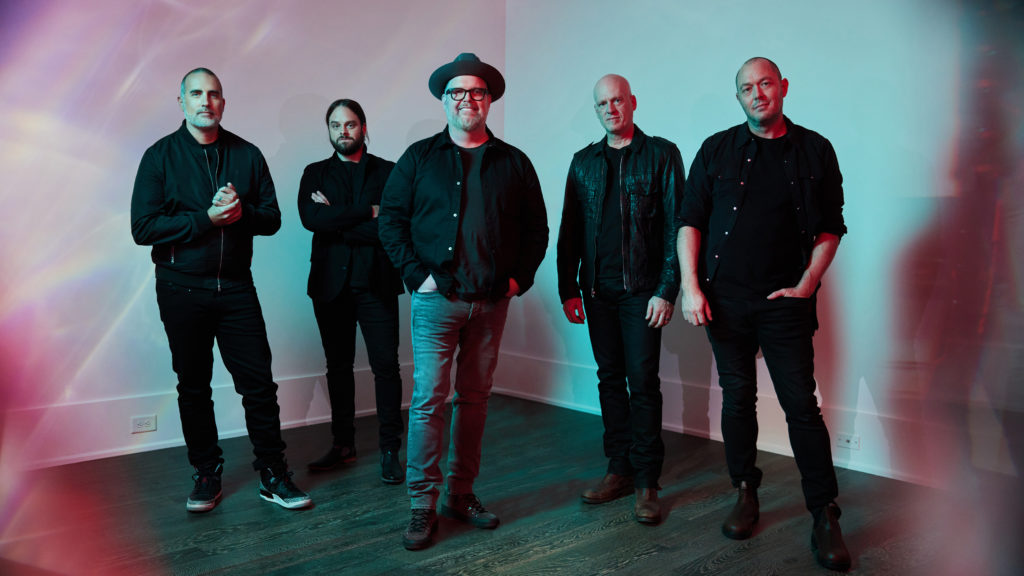When people think about the dangers of human trafficking, potential kidnapping situations like those in movies often come to mind: a woman is followed in a store, a man is hiding under a car, a teen is approached by a stranger at the beach.
But according to trafficking survivor Hannah Blair, the typical scenario usually looks quite different. People often miss exploited individuals by looking for the sensational. Trafficking victims can be found throughout communities — in schools, suburban neighborhoods and even churches — and living seemingly normal lives, Blair said.
During a recent TAB Amplify podcast, Blair shared her story of being trafficked by her boyfriend. Unlike the normal perception of trafficking, she attended a Christian college, worked at a local church and went to the doctor regularly during most of the year of her exploitation.
When Blair dropped out of college, quit her job and began to abuse alcohol and drugs, the signs were there but no one noticed.
‘I fell through the cracks’
“I fell through the cracks; just like the nine-year-old being trafficked by her foster family; just like the 13-year-old being exploited by her youth pastor; just like the 24-year-old being forced by her boyfriend to sell her body. THIS is the reality of trafficking, and we have to know what it looks like so we can report it.”
By definition, sex trafficking happens when “a commercial sex act is induced by force, fraud or coercion, or in which the person to perform such act has not attained 18 years of age,” Blair said.
“There are so many myths about human trafficking that are constantly circulating, specifically on social media,” she noted. “I’m not saying traffickers don’t ever utilize physical force while targeting or exploiting their victims, but it is much more likely for them to use psychological coercion.”
Blair added there is a common misperception that victims choose to engage in prostitution. While many are lured by the appeal of making large sums of cash quickly, most find themselves losing autonomy over their bodies and being coerced to continue having sex beyond their point of comfort, Blair said.
More often than not, victims are trafficked by someone they know and trust, she noted. A report issued by the National Human Trafficking Hotline in 2019 indicates the two most common trafficking recruitment scenarios happen through intimate partners and family members.
But how does someone fall victim to a trafficker, even someone they know?
Anyone can be targeted and coerced into trafficking, Blair asserted. Traffickers are strategic, luring individuals into a life of commercial sex work by discovering a need and trying to fill it.
‘Intersection of vulnerabilities’
“Exploitation and trafficking happen at the intersection of vulnerabilities,” she said.
Young people are particularly susceptible to the advances of a trafficker, Blair noted, because they are seen as inexperienced and easily manipulated. Homeless teens and runaways become prime targets, and statistics show that within 48 hours of leaving home approximately one in seven runaways will be recruited by a trafficker.
With a background of childhood abuse, Blair was an easy target. Individuals with a history of trauma or a broken home also are highly vulnerable. Poverty, homelessness, addiction and mental health concerns also place individuals at a higher risk for being manipulated into exploitation. People who choose to work in the commercial sex industry often feel they have no other options, Blair said.
At Baptist Friendship House, New Orleans, executive director and Send Relief missionary Kay Bennett meets trafficking victims like Star, who was lured by fraud into the sex industry.
As a young single mother, looking for a job and with no transportation, Star posted her troubles on social media and was attracted by the promise of a high paying position within a legitimate business. Once away from her family, Star was trafficked from one state to another as part of an online escort service.
Most might think Star should have run at that point, Bennett reflected. She probably would have, but the trafficker used coercion, telling Star she would never see her daughter alive again unless she did what she was told.
Fraud, force and coercion are common tactics to lure victims and keep them in trafficking situations, Bennett said.
“Star was trafficked through five different states before she met someone she trusted enough to tell part of her story,” Bennett recalled. “She realized without help she was never going to see her family again. Star called [the human trafficking hotline] and we were able to intervene … to get her safe, get her needs met, and get her back home to her family.”
For suspected human trafficking, contact local law enforcement, the U.S. Homeland Security Investigations Tip Line at 866-347-2423, the Department of Defense Inspector General Hotline at 800-424-9098 or the National Human Trafficking Hotline at 888-373-7888.
Hear more of Blair’s story at thealabamabaptist.org/podcast/talking-human-trafficking-with-hannah-blair.
Help trafficking victims – know the warning signs
To help victims of human trafficking, consider these tips:
- Learn the facts and educate others.
- Watch for physical indicators like bruises, scars, burns, starvation or “brand” style tattoos.
- Be aware of fearful or nervous behavior such as avoiding eye contact, an inability or hesitancy to answer questions, retreating, hyper-sexualization, submissive behavior or isolation.
- Note changes in appearance — new clothes, expensive jewelry or purses, manicured nails, dressing inappropriately for age or the climate
- Observe absenteeism from school, church or work, or when someone is not turning in homework or has gaps in attendance.
- Do not try to intervene – to do so can result in harm to you or to the victim. Document as much as possible and contact law enforcement or call the National Human Trafficking Hotline.
- Partner and volunteer with or donate to organizations combating human trafficking.
To read more about human trafficking efforts, click here, here or here.






Share with others: